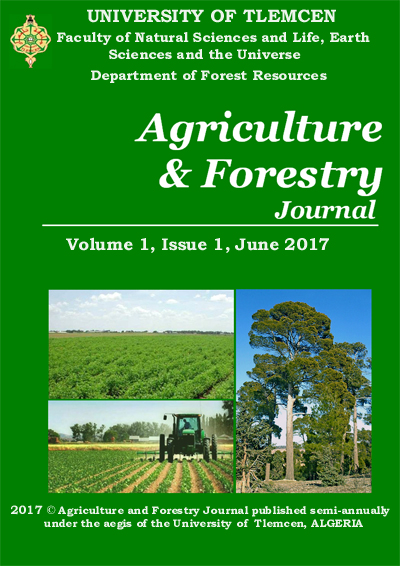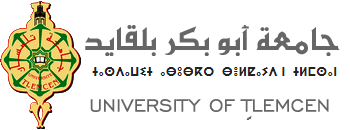About the Journal
Agriculture and Forestry Journal [ISSN 2773-3122 (Print); 2602-5795 (Online)] is an international, peer-reviewed, open-access scientific journal.
The journal is published semi-annually by University of Tlemcen (Algeria). Month's of publication: December and June.
Authors are encouraged to submit complete, unpublished, original works that are not under review in any other journals.
Current Issue
Vol. 9 No. 1 (2025): V9N1.2025
Published:
2025-06-28












